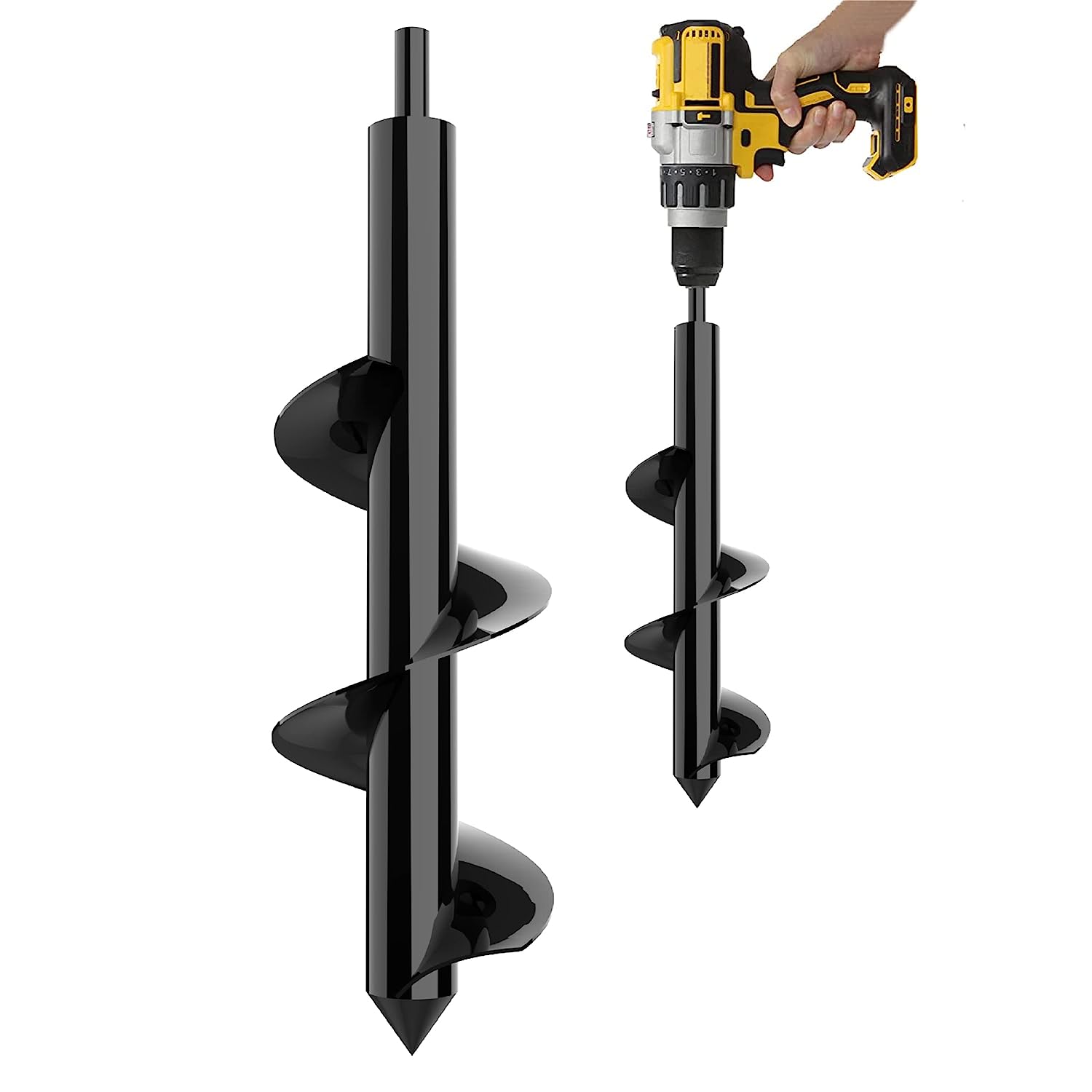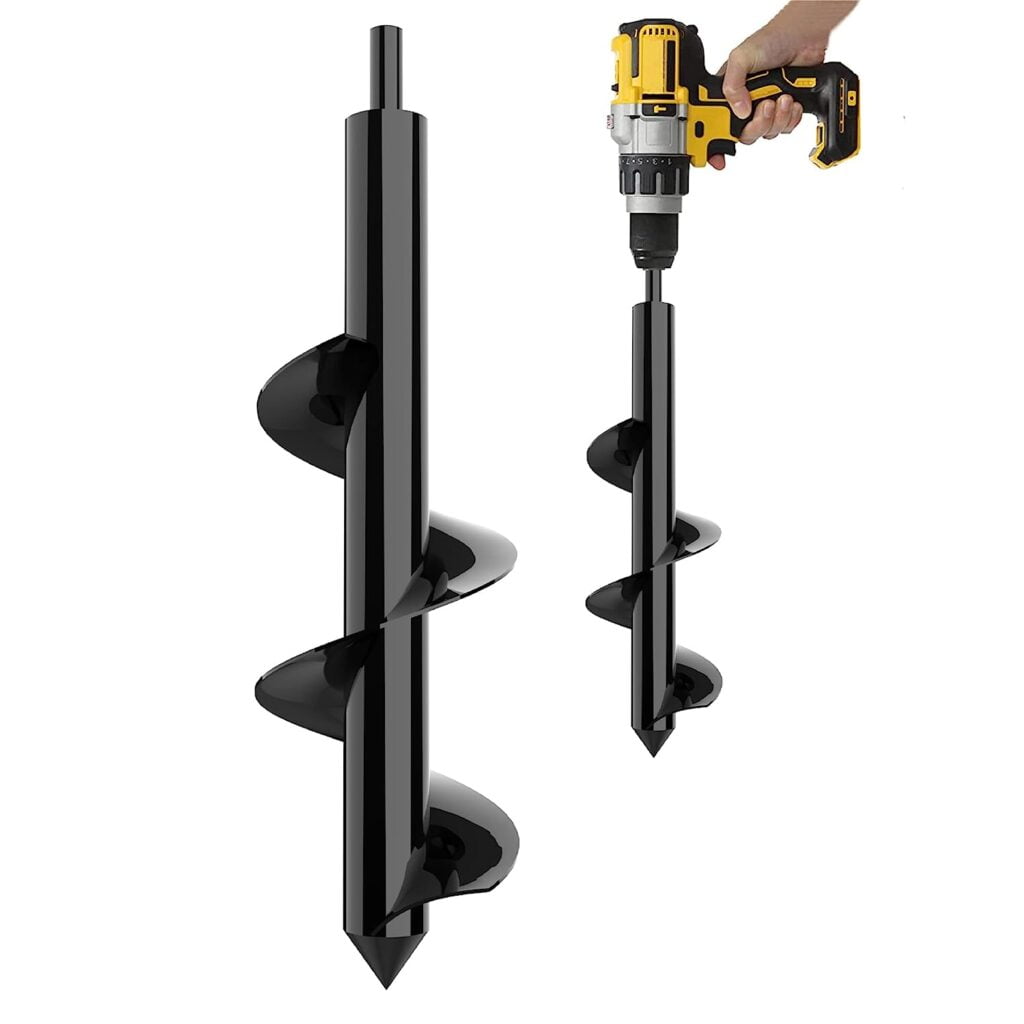
Seed drill
Introduction
In the world of agriculture, innovation plays a vital role in boosting productivity and sustainability. One such groundbreaking invention that has transformed the way we plant crops is the ” Seed Drills .” In this article, we will delve into the significance of seed drills, their benefits, and their impact on modern agriculture.
Table of Contents
- The Evolution of Planting Methods
- Traditional Broadcasting of Seeds
- The Need for Improved Planting Techniques
- The Birth of Seed Drills
- Early Seed Drill Designs
- Jethro Tull’s Seed Drill Invention
- How Seed Drills Work
- Mechanism and Components
- Precision Planting and Spacing
- Advantages of Seed Drills
- Increased Efficiency and Speed
- Conservation of Seeds
- Better Crop Uniformity
- Enhancing Crop Yield and Quality
- Optimal Planting Depth
- Minimizing Soil Erosion
- Sustainability and Environmental Impact
- Reduced Soil Disturbance
- Lesser Fuel Consumption
- Adoption of Seed Drills Worldwide
- Benefits for Small-Scale Farmers
- Supporting Large-Scale Agriculture
- Challenges and Limitations
- Initial Investment Costs
- Adaptation to Local Conditions
- Future of Seed Drill Technology
- Technological Advancements
- Integration of Smart Farming Techniques
- Conclusion
The Evolution of Planting Methods
Traditional Broadcasting of Seeds
Before the advent of seed drills, farmers used a simple broadcasting method to sow seeds. This process involved scattering seeds over the soil surface by hand, leading to uneven distribution and inefficient use of seeds.
The Need for Improved Planting Techniques
As agricultural practices evolved, it became clear that a more systematic approach to planting was necessary to maximize crop yield while minimizing resource wastage. This realization gave rise to the development of seed drills.
The Birth of Seed Drills
Early Seed Drill Designs
The concept of mechanized planting dates back centuries, with early seed drill designs being developed in China and ancient Greece. However, these early versions lacked efficiency and precision.
Jethro Tull’s Seed Drill Invention
The true revolution in seed drill technology came in the early 18th century when Jethro Tull, an English agriculturist, designed a horse-drawn seed drill. Tull’s invention allowed farmers to sow seeds at controlled depths and with consistent spacing, significantly improving crop growth.
How Seed Drills Work
Mechanism and Components
Seed drills are equipped with a hopper that holds seeds and metering devices to control seed distribution. The drill creates furrows in the soil, deposits seeds at the desired depth, and covers them with soil, ensuring proper germination.
Precision Planting and Spacing
Seed drills provide accurate spacing between seeds, preventing overcrowding and enabling plants to access nutrients and sunlight more effectively. This precision planting optimizes crop yield and minimizes competition among plants.
Advantages of Seed Drills
Increased Efficiency and Speed
With seed drills, farmers can cover large areas in a shorter time, increasing their productivity and reducing labor demands. This efficiency
is especially beneficial during peak planting seasons when time is of the essence.
Conservation of Seeds
Seed drills ensure the optimal placement of seeds, reducing seed wastage compared to traditional broadcasting methods. This conservation of seeds not only saves costs but also allows farmers to utilize their seed stock more effectively.
Better Crop Uniformity
The precise planting provided by seed drills promotes uniform growth among plants, resulting in more consistent crop quality and easier management. Uniformity also facilitates mechanized harvesting and post-harvest processes.
Enhancing Crop Yield and Quality
Optimal Planting Depth
Seed drills enable farmers to sow seeds at the optimal depth, ensuring seeds receive the necessary moisture and nutrients for germination. This accurate depth placement contributes to healthier plant development and increased crop yield.
Minimizing Soil Erosion
By creating furrows and placing seeds beneath the soil surface, seed drills help reduce soil erosion caused by wind and water. This protection enhances soil health, prevents nutrient loss, and promotes long-term sustainability.
Sustainability and Environmental Impact
Reduced Soil Disturbance
Seed drills operate with minimal soil disturbance, preserving the soil structure and reducing compaction. This method protects soil microorganisms, promotes water infiltration, and maintains soil fertility over time.
Lesser Fuel Consumption
Compared to traditional planting methods, seed drills require less fuel due to their efficient design and reduced passes over the field. This reduced fuel consumption contributes to lower greenhouse gas emissions, making seed drills an environmentally friendly choice.
Adoption of Seed Drills Worldwide
Benefits for Small-Scale Farmers
Seed drills have gained popularity among small-scale farmers, as they allow efficient planting on limited land areas. These farmers can achieve higher crop yields and improve their livelihoods through increased productivity and reduced manual labor.
Supporting Large-Scale Agriculture
In large-scale agriculture, where extensive land cultivation is necessary, seed drills offer a time-saving solution. They enable farmers to cover vast areas efficiently, ensuring timely planting and maximizing overall crop production.
Challenges and Limitations
Initial Investment Costs
While seed drills offer numerous benefits, the initial investment cost can be a barrier for some farmers, particularly those with limited resources. Governments and agricultural organizations play a crucial role in providing financial support and incentives to promote widespread adoption.
Adaptation to Local Conditions
Seed drills must be adapted to suit local soil types, crop varieties, and climate conditions. Customization and training programs are essential to ensure farmers can effectively utilize seed drills and achieve the desired results.
Future of Seed Drill Technology
Technological Advancements
Seed drill technology continues to evolve, incorporating innovative features such as GPS guidance systems, variable rate seeding, and real-time data analysis. These advancements enhance precision, optimize resource utilization, and improve overall efficiency.
Integration of Smart Farming Techniques
As part of the broader movement toward smart farming, seed drills are being integrated into advanced farming systems. This integration involves the use of sensors, automation, and data-driven decision-making, revolutionizing the way crops are planted and managed.
Conclusion
The seed drill has undoubtedly revolutionized agriculture, enabling farmers to plant crops more efficiently, conserving resources, and enhancing crop yield and quality. With ongoing technological advancements and increased adoption, seed drill technology will continue to shape the future of sustainable and productive farming.
FAQs
Q1: Can seed drills be used for all types of crops?
Yes, seed drills can be adapted to various crop types, including grains, vegetables, and legumes. However, some modifications might be necessary to suit specific seed sizes and planting requirements.
Q2: Are seed drills suitable for small-scale farmers?
Absolutely! Seed drills offer significant benefits for small-scale farmers, allowing them to maximize their productivity and reduce manual labor requirements.
**Q3: How much time can seed drills save during
planting compared to traditional methods?**
Seed drills can save a substantial amount of time during planting, typically covering several acres in a fraction of the time required by traditional broadcasting methods.
Q4: Do seed drills require extensive maintenance?
Seed drills require regular maintenance to ensure optimal performance. Simple cleaning, lubrication, and periodic inspection of components are essential for their longevity and functionality.
Q5: Can seed drills be used in organic farming practices?
Yes, seed drills are compatible with organic farming practices. They help promote seed-to-soil contact, reduce seed wastage, and maintain the integrity of organic farming principles.
